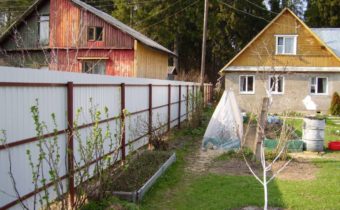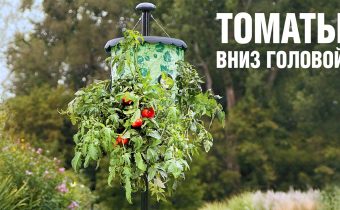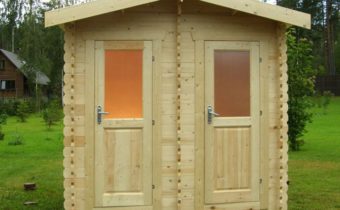The fence in the law: new standards on the parameters of fences in 2024
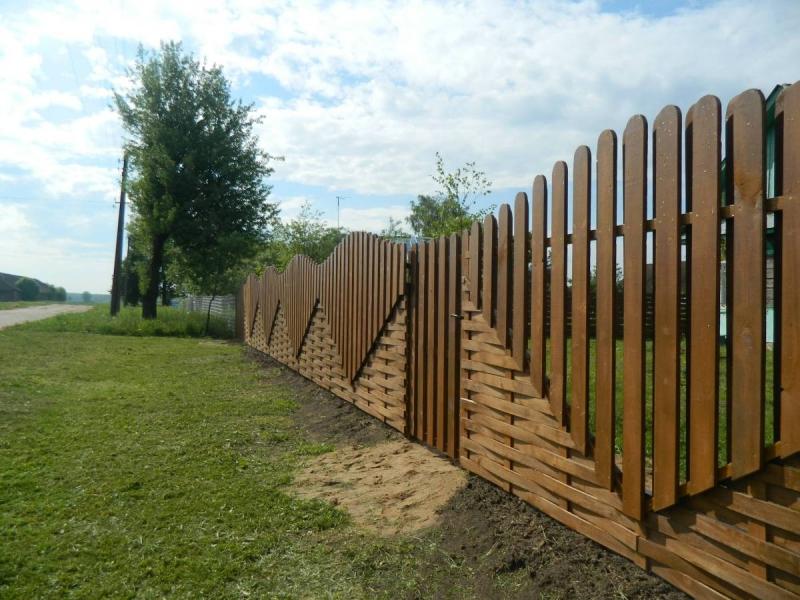
Construction is governed by many norms. Even the installation of the fence should be done according to the rules. Without fencing it is impossible to imagine any private building or land plot. Moreover, its height is not the last value. What should be the parameter depends on the location of the fence. What news in the legislative regulation of this issue appeared from the beginning of 2019?
How to guide the construction of fences
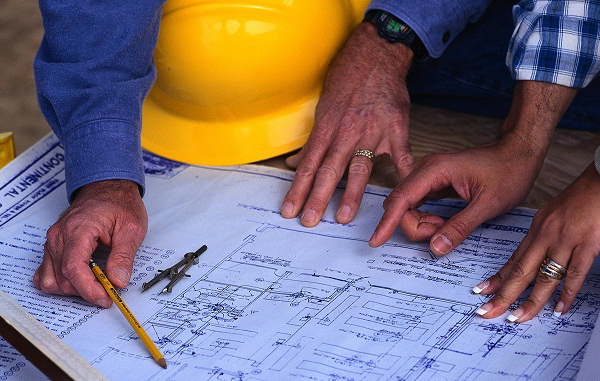
In the Russian Federation there is no specific document that would regulate uniform installation requirements. But when constructing a fence at the border of the plots, it is necessary to follow the regulatory documents developed for the construction industry:
- SNiP 53.13330.2011 - for agricultural land;
- land use rules of a specific subject of the Russian Federation - for land settlements.
Targeted land use is regulated by Federal Law No217, which entered into force in January 2019. According to the document for agricultural lands include:
- Garden Non-Profit Partnership (SNT).
- Gardening NT (ONT).
- Dachnoe Nonprofit Partnership (DNP).
- Private Subsidiary Facilities (LPH).

All of them are now Fellowships of Real Estate Owners (TSN). The parameters of fences for them are only advisory in nature - they are normalized, but optional.
The local municipality or the Charter of TSN may change the size proposed by the SNiP. Before starting work on the construction of the fence, it is necessary to clarify the requirements for its height. To do this, you need to study the Charter of TSN. Between the neighboring possessions, the height of the fence should not exceed 150 cm in accordance with the norms of SNiP.
In cases where the site is located on the lands of settlements - Individual Residential Construction (IZhS) or PF, you need to focus only on regional documents regulating land use. For example, residents of small villages are building fences from various materials at hand, so no one will strictly regulate there.
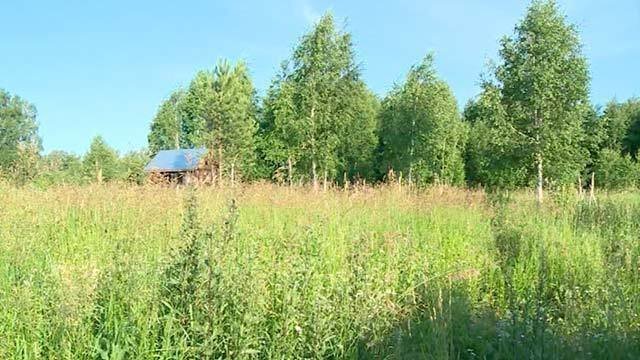
Regardless of the territorial identity of the land, the fence should not disrupt the natural lighting and ventilation of the neighboring plot. The height from the street can be 200 cm, and then, it will be translucent or deaf, the owners of the gardening of the area decide.
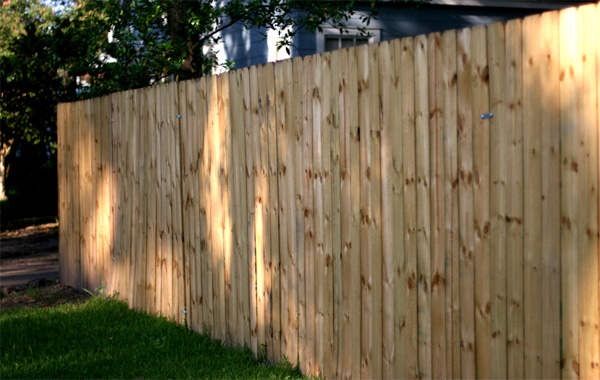
The height of the fence at the mezhzhe house can be up to 220 cm, if it is translucent and up to 75 - if it is deaf. Consent no one needs to ask. Up to a height of 220 cm, it is allowed to build a monolithic fence only with the unanimous consent of the neighbors, between whose parts the fence is planned. It must be documented. High altitude prohibited by fire safety requirements.
Punishment for non-compliance
In case of disagreements with neighbors, references to the Charter will not be enough. If the problem is not settled, and the matter is brought to court, the decision is more often handed down in favor of the claimant in accordance with article 304 of the Civil Code of the Russian Federation, as a violation of the rights of the owner without deprivation of the right of ownership.
However, it is rather difficult to prove that the fence of a neighbor prevented it, because legislative documents do not define the norms for lighting and ventilation of land. That is, to prove that the light gets less than the set, it is extremely difficult. Here a popular argument is that the shadow of the neighbor's fence hinders the growth of a particular culture. However, evidence is needed in the form of photos and testimony about the difference in yield in this and previous years. If the violation of the norms proves, the fence will have to be dismantled or a fine paid.
Legal documents are not retroactive. If the installation of the fence was made before the adoption of the Charter and it turned out to prove it (provision of a contract for the execution of works, for example) - then the rules for this fence will not apply.

Before the construction of fences should examine the rules in a particular subject. It is also worth asking for permission from the administration and neighbors in writing.


